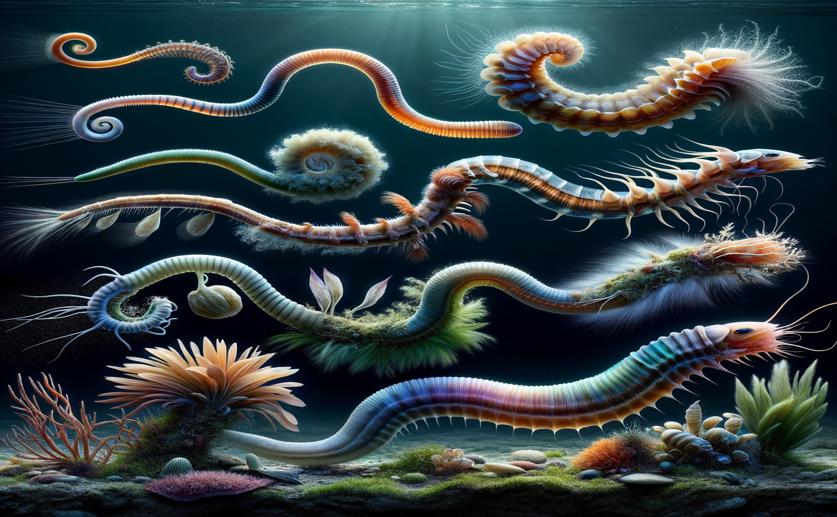
Life Stages and Habit Changes of a Friendly Ribbon Worm
Greg Howard
7th May, 2024

Image Source: Natural Science News, 2024
Key Findings
- Researchers at JAMSTEC studied how ribbon worms adapt to living inside clams
- They found that the worms develop a unique sucker during their growth to attach to clams
- The worms also lose certain sensory organs as they transition from free-swimming larvae to clam-dwelling adults
Animal ScienceMarine BiologyEvolution
References
Main Study
1) Postembryonic development and lifestyle shift in the commensal ribbon worm
Published 6th May, 2024
https://doi.org/10.1186/s12983-024-00533-3
Related Studies
2) Fundamental properties of the spiralian developmental program are displayed by the basal nemertean Carinoma tremaphoros (Palaeonemertea, Nemertea).
Journal: Developmental biology, Issue: Vol 267, Issue 2, Mar 2004
3) The ontogeny of the female reproductive system in the parasitic castrator pea crab Calyptraeotheres garthi: Implications for its mating system.
4) Phylogenomics of Lophotrochozoa with Consideration of Systematic Error.
5) Open-ocean barriers to dispersal: a test case with the Antarctic Polar Front and the ribbon worm Parborlasia corrugatus (Nemertea: Lineidae).



 12th March, 2024 | Jenn Hoskins
12th March, 2024 | Jenn Hoskins